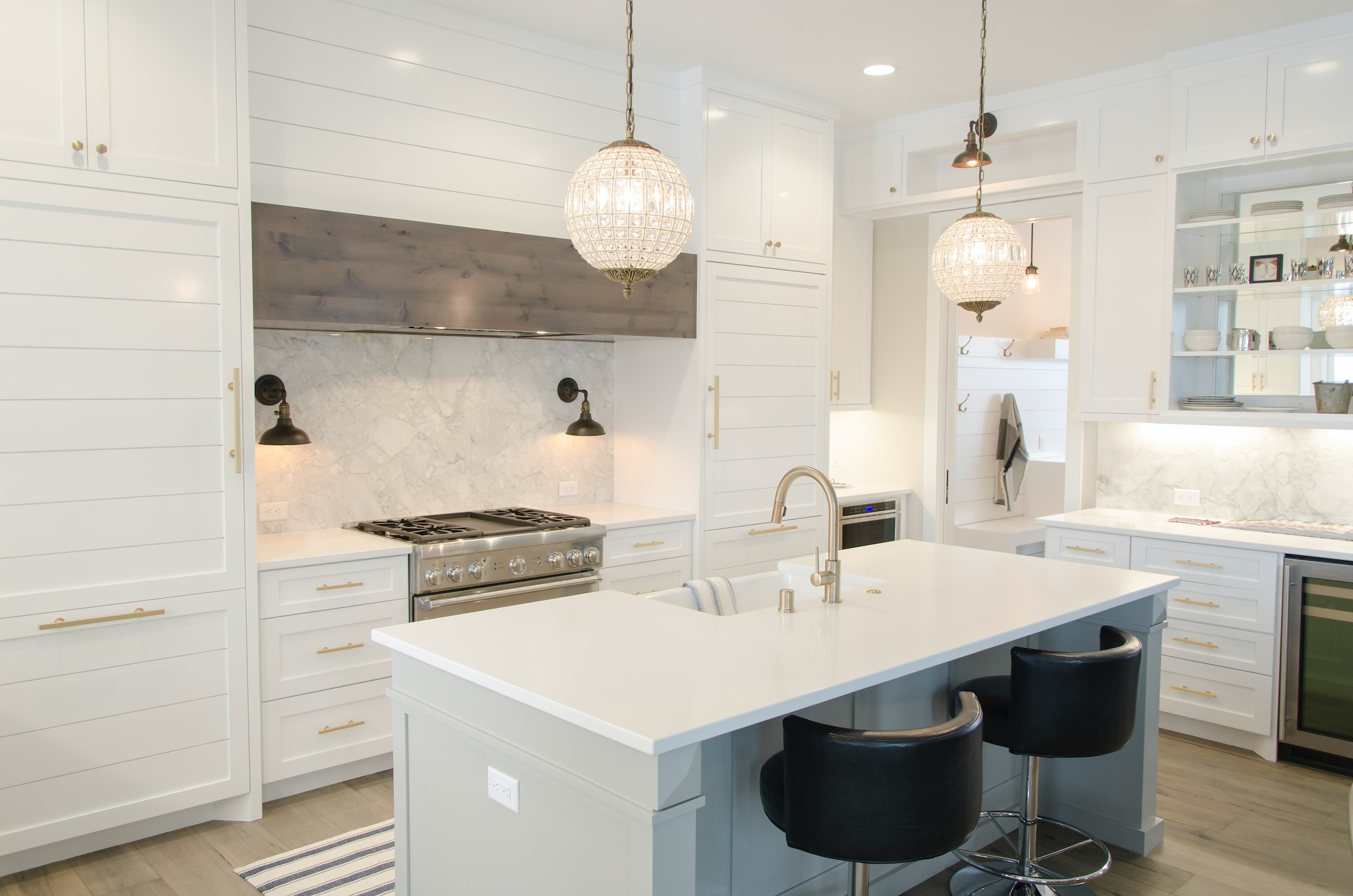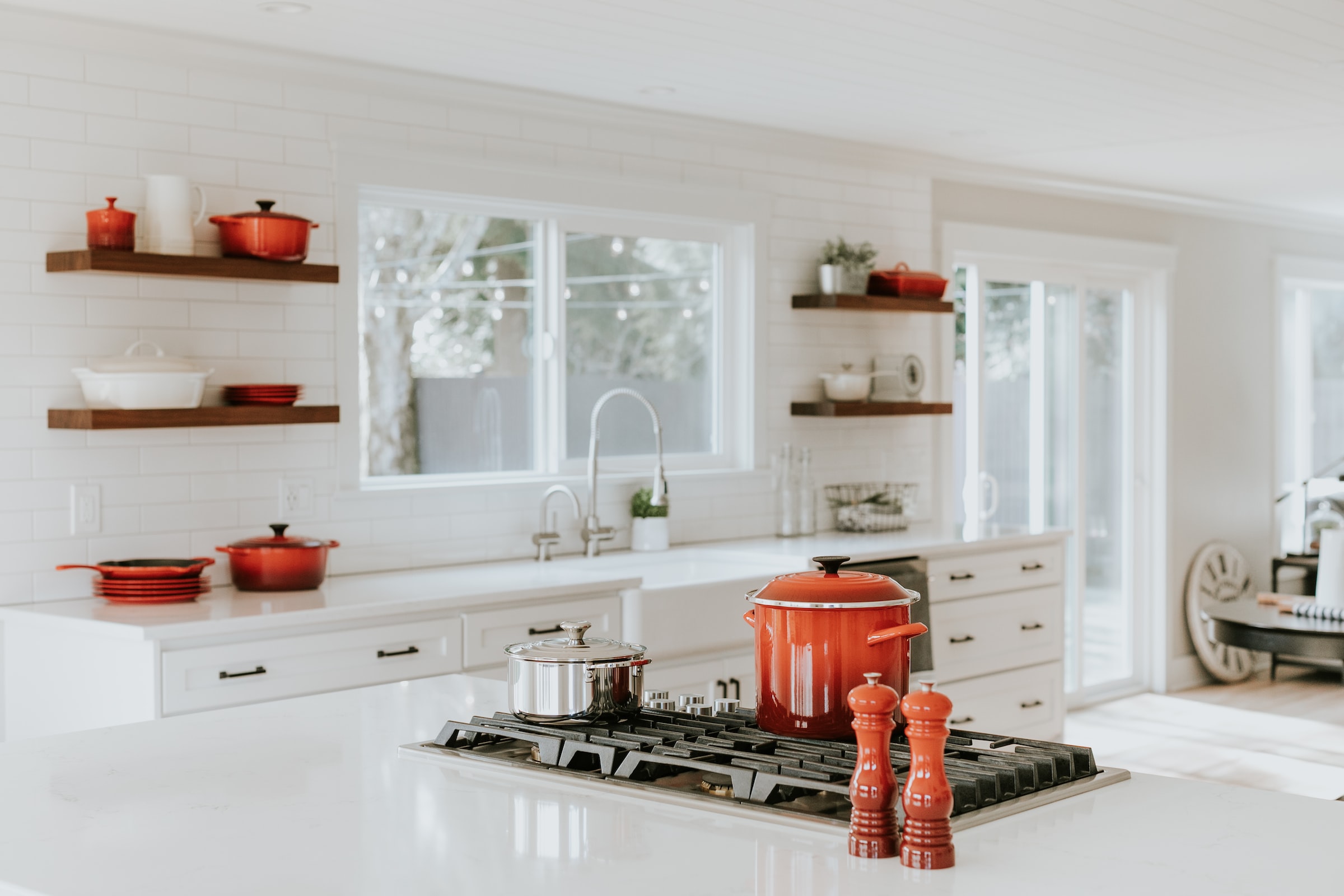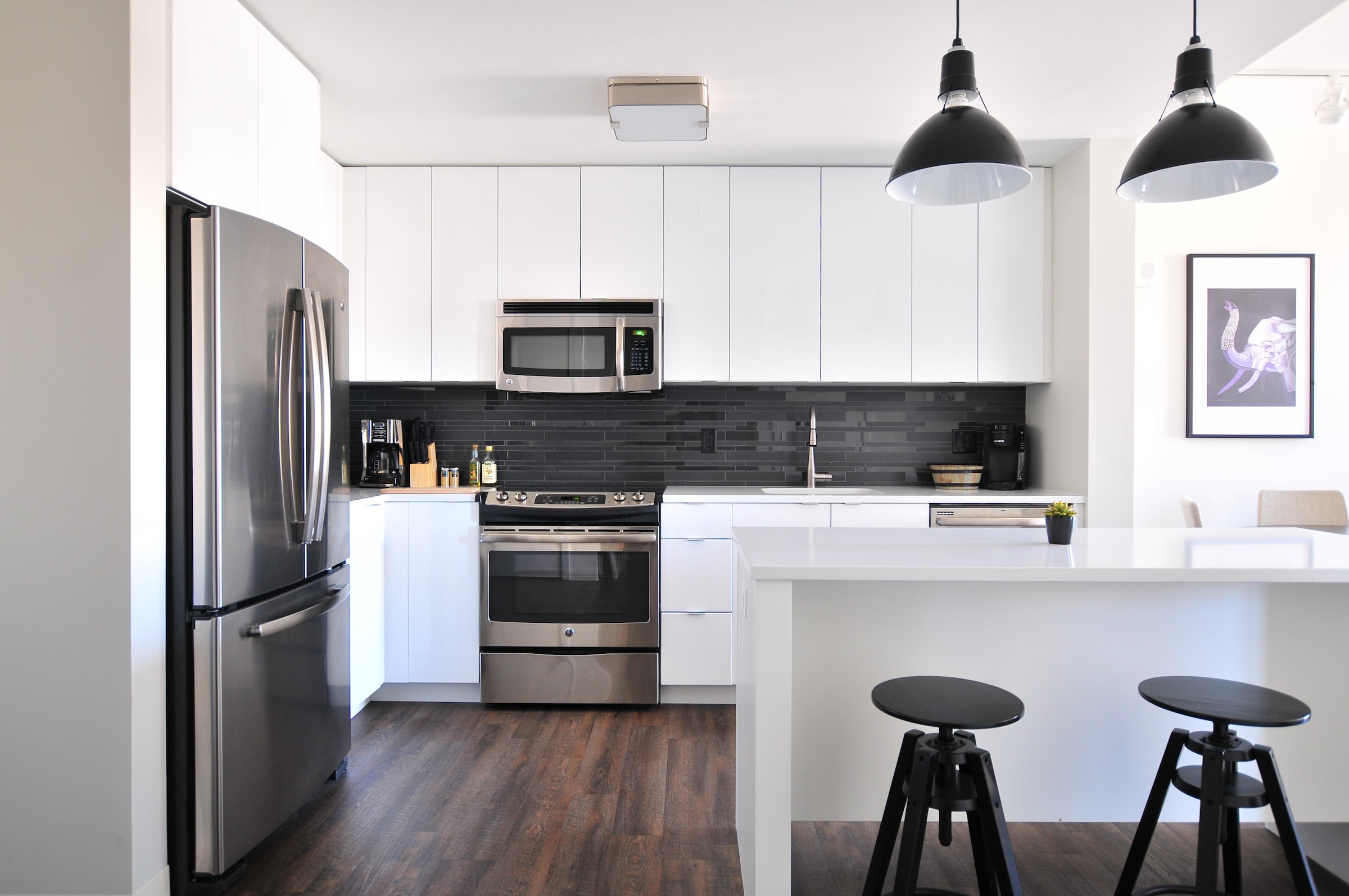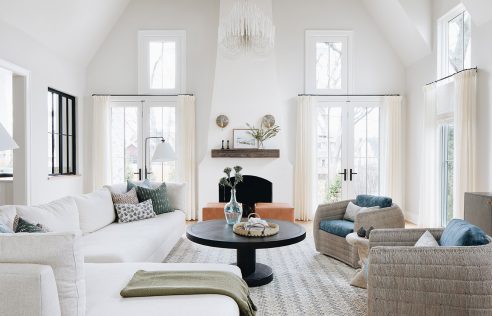Available in different materials, the kitchen credenza helps create the style of the room. Above all, the kitchen splashback is there to protect the wall from spills caused by cooking or washing up. It must be resistant and easy to maintain. Made of a sturdy, waterproof, and heat and weather-resistant material, it must also be decorative for a kitchen with a flawless look.
In the kitchen, splashes and dirt from the sink or worktop are projected either on the walls or on the floor. This is why it is essential to install a covering such as a credenza. It is available in several materials and requires regular maintenance. So, without further ado, let’s dive into this blog and learn some of the things you need to know about kitchen credenza.
The paint

Paint is one of the most common materials for a kitchen credenza. Choose a paint that can be washed off and that resists pressure, such as glycerophtalic paints. You can also use acrylic paints to limit the infiltration of grease stains. Paint for the kitchen credenza comes in several finishes: matte, gloss, and satin. It depends on the quality of the walls. For the maintenance of the painted kitchen credenza, you only need a sponge and soap.
Tiles
Tiled kitchen credenza is also becoming a trend. It is a material that imitates concrete, metal, and wood very well. In addition, it is available in several formats. In the case of tile credenza renovation, it is not necessary to remove the old flooring before installing the new tile. To maintain the tile, simply use a sponge, and you’re done. It is a material that resists very well to heat and humidity.
Metal
There are several types of metal kitchen credenzas. The stainless steel model gives beautiful shiny surfaces. While zinc brings a raw and authentic effect to your kitchen. In any case, metal is a durable material that goes everywhere. Its maintenance is simple by passing a sponge on the stained parts.
Laminate

The laminate kitchen credenza has a good quality-price ratio. Moreover, it imitates perfectly metal, stone, and wood. It can be in the form of panels or sheets. It is a material suitable for large surfaces but not to be used near cooking hobs. As for its maintenance, a sponge stroke is more than enough.
Synthetic stone
The credenza in synthetic stone is installed on a clean wall. Its thickness varies between 6 and 13 mm. It is a durable material that does not fade. It is also resistant to all kinds of stains. For maintenance, use a mild detergent and a cloth. If necessary, sand and polish the surface to restore its shine.
Wood
Wood remains the timeless material for kitchen credenzas. Moreover, it brings warmth to the room. You can choose between glued laminated wood, laminated wood, or solid wood. The biggest advantage of wood is that the possible finishes are endless. You can also customize it.
Glass

The glass credenza (presented as panels or tiles) is not only transparent but can also be used to create a very stylish kitchen decoration. It is now available in different colors, including red, black, and white. Easy to maintain, to be glued directly on the support, or to be fixed on an old covering, the glass kitchen credenza allows many compositions for the kitchen: it can cover the whole wall as well as act as a frieze in the lower part of the wall to create rhythm and dress the other part with paint.
The glass kitchen credenza can take the form of tiles or panels. Tempered glass is often used because it is available in several shades. It has a thickness ranging from 4 to 6 mm. It is a material that brings a sense of grandeur to the kitchen. To clean it, use a spray.
Sound off in the comments section below, and tell us what you want to read next and if you want to read more about kitchen credenza.


